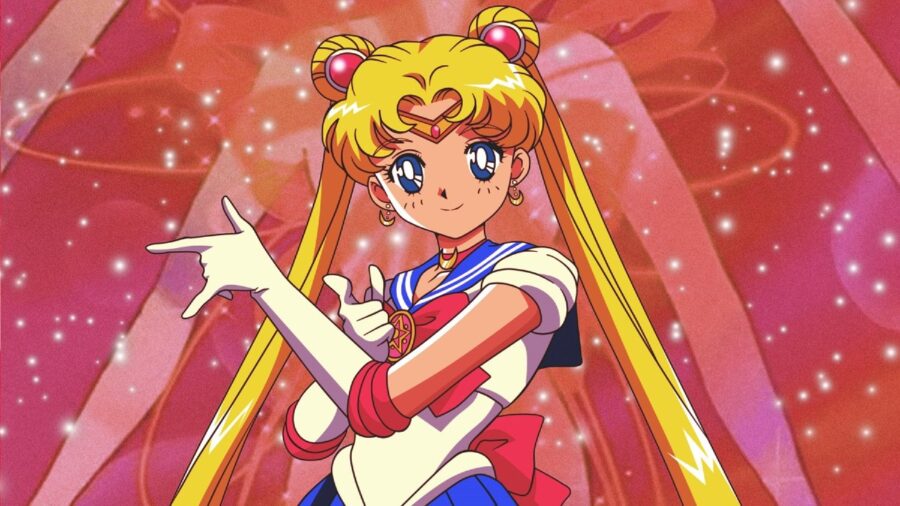Sailor Moon Sent One Child To The Hospital With A 104° Fever
Sailor Moon's penultimate episode in the first season, which saw the Sailor Guardians die, caused a child to have a severe trauma reaction resulting in a 104-degree fever from the shock of the characters dying on screen.

If 90s kids thought Mary Jane being lost in inter-dimensional limbo in Spider-Man: The Animated Series was traumatizing, they clearly weren’t watching Sailor Moon. The Twitter account Horror4Kids cited a Tuxedo Unmasked article, recounting the story of a child in Japan so distressed by the deaths of the Sailor Guardians at the end of the anime’s first season it made her physically ill.
The penultimate 45th episode of the first season of Sailor Moon, titled “Death of the Sailor Guardians: The Tragic Final Battle,” saw the lead character’s companions, the Sailor Guardians (“Sailor Scouts” in the U.S. version), picked off one by one as they fought against the evil monsters called Youma. Children and adults in Japan watched their beloved heroes killed, and it didn’t take long for problems to set in.
Recounts of fan reactions on that fateful day in 1993 have become legendary. People recall classmates not showing up for school and being unable to eat for days after the episode aired. One of the most intriguing stories is that of Arata Owada, a Japanese radio DJ.
Owada watched Sailor Moon every week with his daughter. After the deaths of the Guardians, Owada’s daughter became sick with a fever that lasted a week and climbed to 104 degrees Fahrenheit. When Owada took his daughter to the doctor, the diagnosis was autointoxication. The doctor asked if Owada’s daughter had a recent trauma.
It may seem silly that the events of a cartoon could be so powerful as to make a child physically ill, but stories about the effects of the iconic episode of Sailor Moon are rampant. The dark, violent nature of the episode drew criticism from parents, while others criticized the show for giving children a false impression of death as impermanent. When DiC licensed the series for broadcast in the United States, the death scenes were cut.

American viewers experienced episodes 45 and 46 of Sailor Moon as a single entry that reduced violence in the first half, making it appear as though the Guardians had only been captured. At the end of episode 46, Sailor Moon undoes the tragic events, returning her and the Guardians to their normal lives with no memory of their powers or escapades. The memory wipe is undone early in season 2.
But before audiences knew that Sailor Moon would resurrect her friends, they believed their beloved heroes were dead for a week. Strangely, the deaths of the Guardians marked a dark departure from the show’s manga source material.
The Sailor Moon manga was originated by writer and illustrator Naoko Takeuchi. The anime adaptation often took liberties with its source material, excluding some of the manga’s darkest moments. Takeuchi was dissuaded from killing the Sailor Guardians by her editor, Fumio Osano, but the anime chose the bold ending for its “Dark Kingdom” storyline.
Sailor Moon went on for a successful five-season run, making it one of the definitive anime series of the 1990s. Its ability to send children to the hospital speaks to its power and impact, and its portrayal of heroic women helped establish a strong fandom. Many still have Sailor Moon fever, just not the way they did in 1993.













